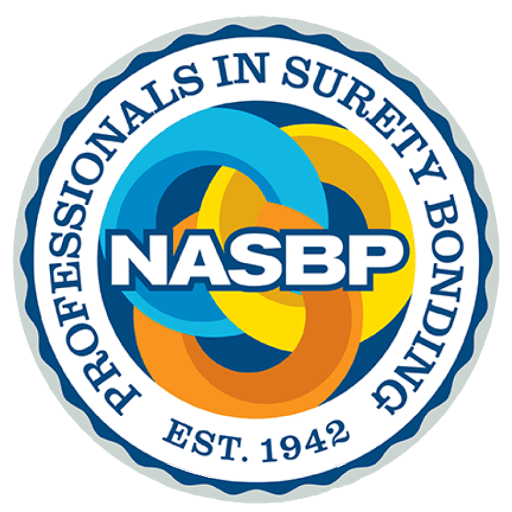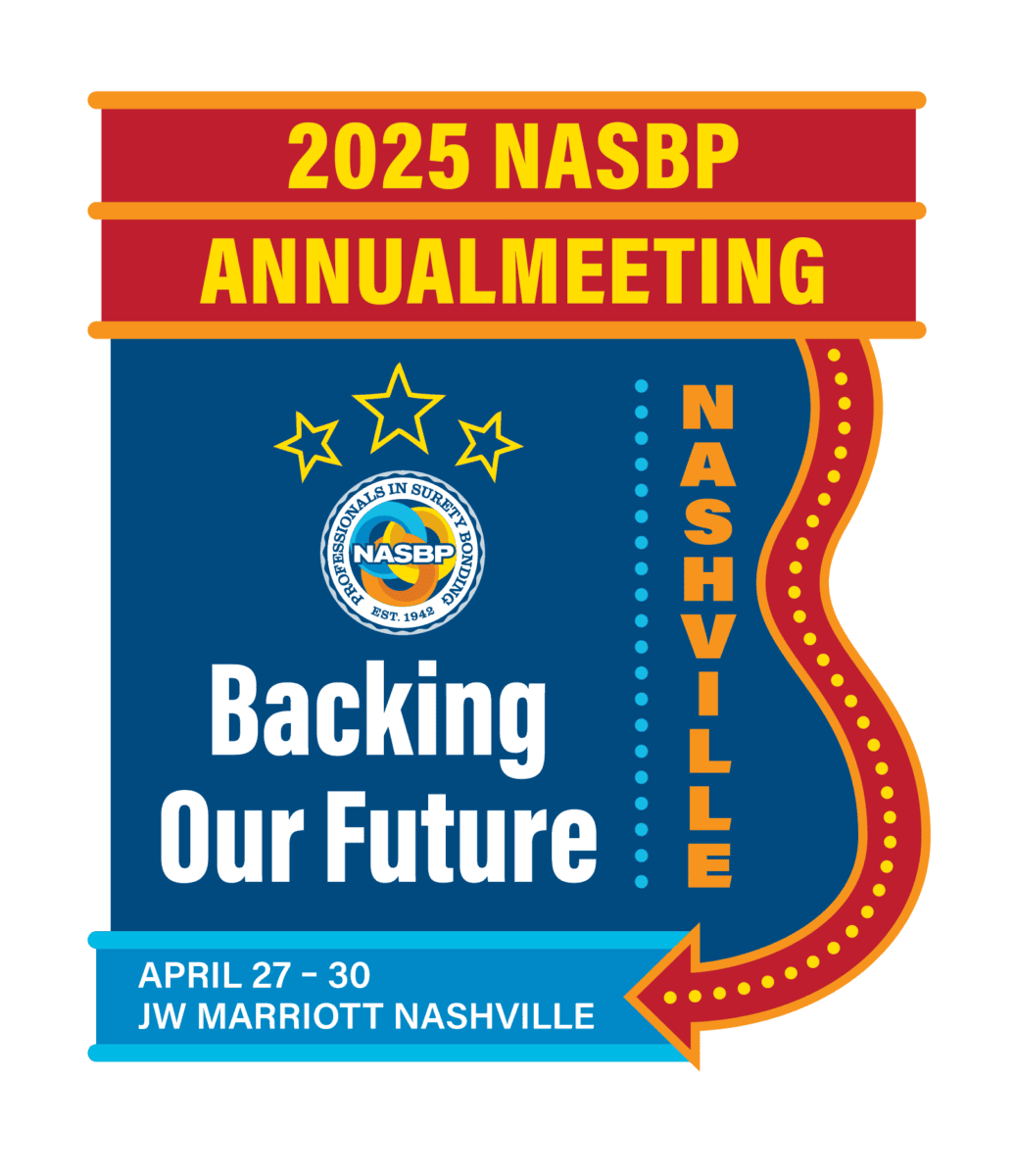The Federal Acquisition Regulatory Council, comprised of the U.S. Department of Defense, the General Services Administration, and the National Aeronautics and Space Administration, under Federal Acquisition Regulation (FAR) Case 2017-003, have proposed to amend the FAR to implement the law, a section of the National Defense Authorization Act for Fiscal Year 2016, that NASBP successfully advocated for to change the types of assets that can be pledged by persons acting as individual sureties on federal construction contracts. The enacted law also changes the way in which accepted assets must be treated by federal contracting agencies. The proposed rule is long in coming, as the law was enacted in 2015 but cannot take effect until implementing regulations are issued. The proposed rule was published in the February 12, 2020 issue of the Federal Register, and the Council now is seeking written comments from interested parties. Read the proposed rule in its entirety.
NASBP, SFAA, and other groups sought the introduction and passage of the law to address significant instances of individual  surety bond fraud on federal construction contracts. As the federal government does not maintain specific, centralized records of individual surety bond acceptances or defaults, the full extent of the problem may never be fully known; but anecdotal evidence, in the form of congressional testimony and court cases, confirmed the severity of individual surety bond fraud consequences where bidders backed by legitimate bonds were denied award opportunities, federal contracting agencies were given worthless performance guarantees, and subcontractors and suppliers received illusory payment protections. Such knowledge spurred Congress to act, resulting eventually in passage of the law. With publication of the proposed rule, the law is a substantial step closer to being implemented by the federal government.
surety bond fraud on federal construction contracts. As the federal government does not maintain specific, centralized records of individual surety bond acceptances or defaults, the full extent of the problem may never be fully known; but anecdotal evidence, in the form of congressional testimony and court cases, confirmed the severity of individual surety bond fraud consequences where bidders backed by legitimate bonds were denied award opportunities, federal contracting agencies were given worthless performance guarantees, and subcontractors and suppliers received illusory payment protections. Such knowledge spurred Congress to act, resulting eventually in passage of the law. With publication of the proposed rule, the law is a substantial step closer to being implemented by the federal government.
The proposed rule redesigns the applicable section, 28.203, within the FAR, which addresses individual surety use as security in federal construction contracts. Most notably, the assets deemed acceptable by the federal government have been limited to “eligible obligations” as set by the U.S. Department of the Treasury, essentially public debt obligations of the U.S. government, such as U.S. Treasury bonds and notes, which are easily verified. Many assets under the old FAR regulation, such as real property, New York exchange traded stocks, and corporate bonds, no longer will constitute acceptable assets. In the past, unscrupulous actors claimed to have such assets backing their individual surety bonds when, in fact, the value of the assets were over-inflated or the assets were owned by others or were non-existent.
Moreover, under the former regulations, the assets were to be placed in escrow at a federally insured financial institution, ostensibly placing the assets outside of the government’s purview and custody. Unscrupulous actors would structure a scheme in which a third party, perhaps even with a name similar to a federally insured financial institution, would act as the custodian of the assets, so federal contracting officers might only receive nothing more than a piece of paper from that person or entity purporting to act as a trustee and to have control over the pledged assets. A key change under the proposed rule is that pledged assets to be used as collateral for individual surety bonds will be placed in the care and custody of the U.S. government. Under the proposed rule, the U.S. Treasury Department will assist federal contracting officers with pledged assets, reviewing assets and setting up collateral accounts at the U.S. Treasury Department and depositing assets at Federal Reserve banks. This further assistance of federal contracting officers by the U.S. Treasury Department is thought by the FAR Council to lessen overall burden, providing greater certainty of payment to subcontractors, a key intended beneficiary, and allowing contracting officers to refocus their energies on their primary responsibilities of planning and managing construction acquisition.
As this is a proposed rule, not a final rule, the FAR Council is seeking input from interested or affected parties. Although noting the existence and purpose of the U.S. Small Business Bond Guarantee Program, the FAR Council is particularly interested in understanding the potential impacts of the proposed rule on small business access to surety bonding. It is incumbent on the surety community, producers, and sureties, individually and through their trade association representatives, to weigh in support of the proposed rule to the FAR Council through written comments. All comments must be received by the Regulatory Secretariat on or before April 13, 2020. NASBP will submit written comments and strongly encourages its membership to do the same and to encourage their contractor clients also to indicate support for the proposed rule. File comments on this proposed rule online.
Get Important Surety Industry News & Info
Keep up with the latest industry news and NASBP programs, events, and activities by subscribing to NASBP Smartbrief.




